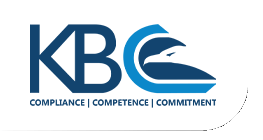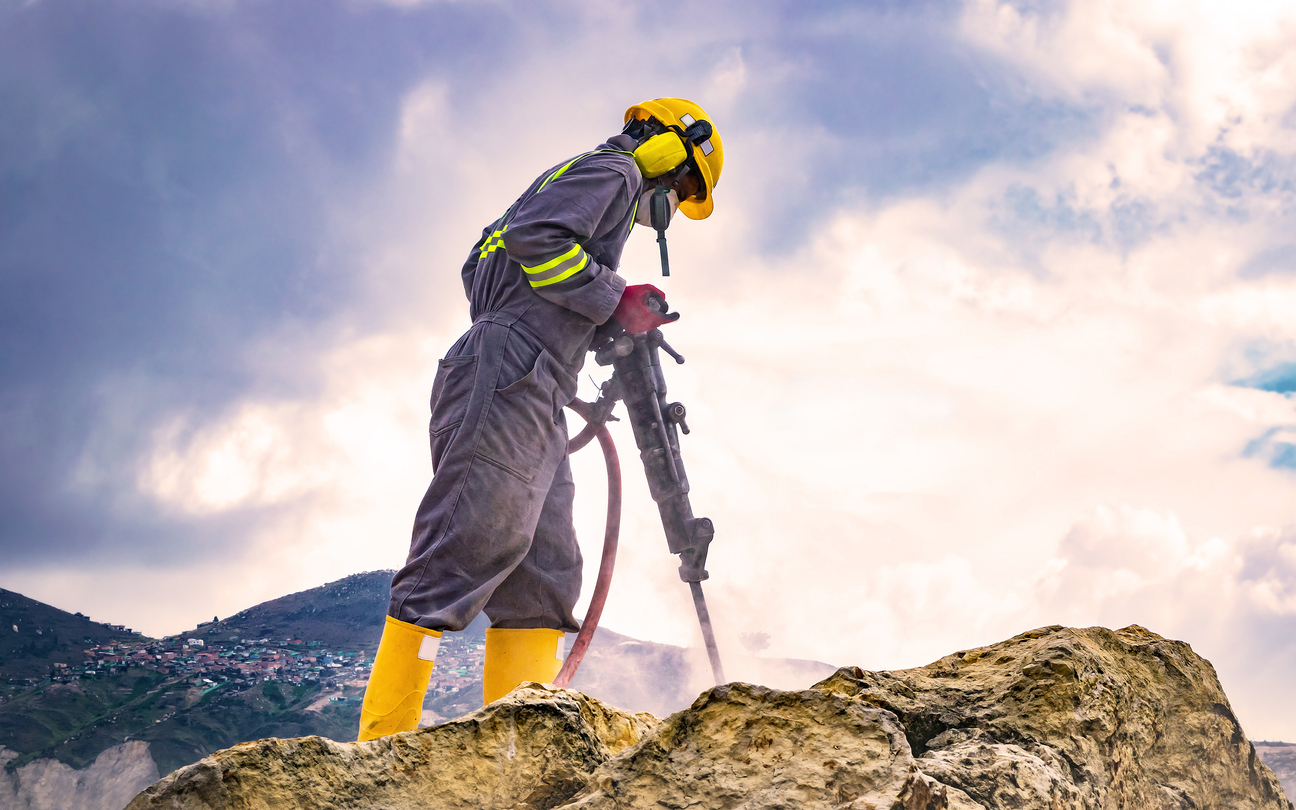By Sian Thurtell, Chief Operating Officer at KBC Health & Safety
In South African mining operations, prioritising safe production is crucial, and there is a need for a genuine effort to establish a “Safety First” culture throughout all operations where individuals take personal accountability for their safety and the safety of those around them. This can be achieved by alignment which successfully empowers employees and contractors to effectively identify hazards and address risks in their work areas, and attunement which motivates learners to apply their training in the workplace. Reaching awareness of and responding to the behaviours of others in our working environment, attunement is the basis for effective teamwork in safety, and here, Operational Risk Management Processes (ORMP) must be a critical area of focus at all levels. It is proven that Cognitive Behavioural Therapy and Systems Learning as a safety training foundation are necessary to create sustainable behavioural change and an agile Risk Management culture within the organisation it serves. By incorporating Cognitive Behavioural Therapy into a blended learning approach, learners are guided to understand the required safety behaviours for their environment, which motivates them to adopt new safety behaviours.
Understanding organisational needs
Training programs need to be designed using engaging adult learning techniques, such as practical role-playing, personal reflection, and commitment, all of which encourage learners to take personal accountability for their safety behaviours while supporting those of their team. By emphasising that each person is part of a team and a larger system, it is possible to ensure individual understanding and commitment to the new safety behaviours sustainably. However, before carrying out a Cognitive Behavioural Therapy-based safety learning program, it is necessary to perform an organisational diagnostic or culture survey to understand the current reality on the ground to avoid making assumptions. Often the organisation already knows what their aches and pains are – perhaps there is a blame culture, workers struggle to identify risks or no one takes responsibility – all of which is counterproductive in achieving a cohesive focus on safety.
Sustainability starts at the top
Once this context has been established, a trusted health and safety provider needs to work with the executive-level management team, as without alignment and attunement to the objectives of the operational risk management processes, there can be no sustainable change. From the executive level, it is possible to identify their vision, the current state of play, and the desired state that needs to be achieved. This forms the basis on which the ORMP programme must be customised for relevance and adapted to address the specific needs of the organisation, throughout its various levels.
Measuring Performance and Impact
With this context in mind, the training provider will start putting tools in place to ensure that risk management learning is ongoing to identify whether that learning is being transferred to the workplace. One practical way to do this is through safety performance coaches. Here, safety performance coaches are identified within the organisation and are trained to go on-site and conduct safety observations. If these coaches encounter individuals working unsafely, they are equipped to engage in these matters. In this way, there is continuous gap coaching on site, which is fed back to the executive level and the training facilitators. Performance safety coaches also monitor the impact of learning activities and form the basis of future training interventions to facilitate attunement through the organisation.
Connecting people to environments
Attunement refers to how an individual is sensitive to the demands of a situation. An individual’s ability to judge, adapt, and adjust in the working environment is dependent on their skill at attuning to several changing stimuli. In the workplace, having high levels of adjustment improves all aspects of decision-making and risk management. However, it’s not only about attuning to people but also to environments and the needs of certain situations. When we are attuned well, we can adapt our actions and responses in the moment according to the risks at hand.
Amplifying a safety-focused culture
Here, focus needs to be on amplifying safety leadership behaviours that drive a safety culture, through visible, felt leadership which creates a platform for both management and employees to discuss the daily safety challenges of the tasks at hand. Risk and safety management training must be targeted at each specific organisational layer – level 1 for operators, level 2 for supervisors, level 3 for senior management and level 4 for executive management. At the first level, CBT interventions are based on how we think and feel, to ascertain what we must do, from a risk management perspective. The second level applies to supervisors leading the teams, and the highest level is the executive management responsible for setting the vision and leading by example to filter down through the organisation. Creating an agile Risk Management culture depends on alignment and attunement, which is critical to achieving buy-in from every level of the organisation. Everyone needs to be aware of their specific role in organisational risk management efforts for their institution. This involves identifying potential risks, developing relevant scenarios and appropriate responses, and enabling a sustainable approach to risk management across operations.



